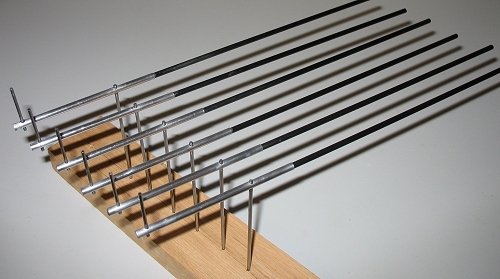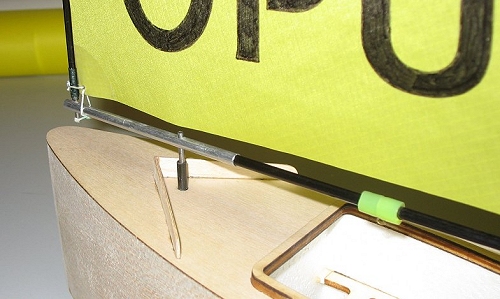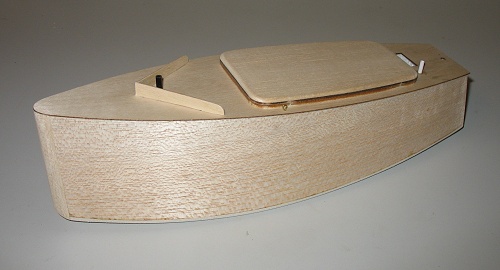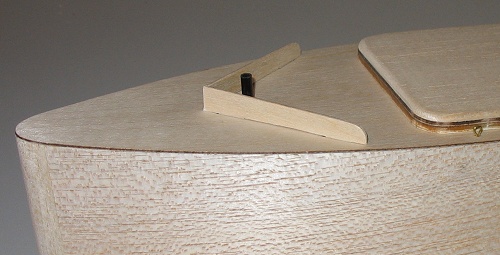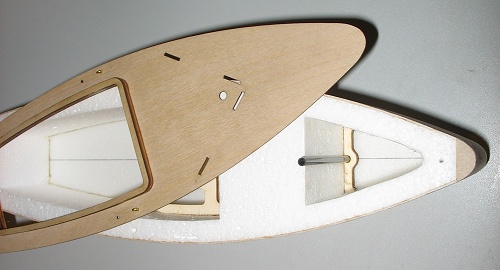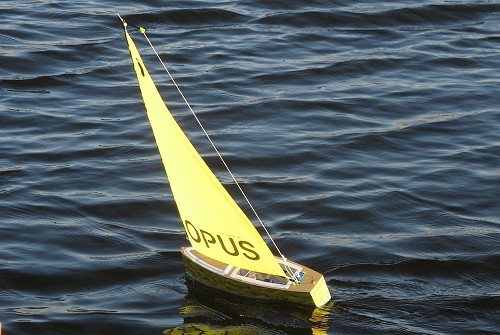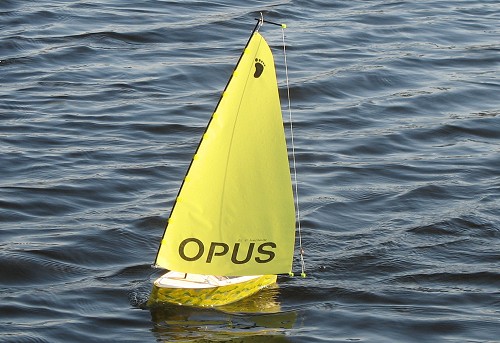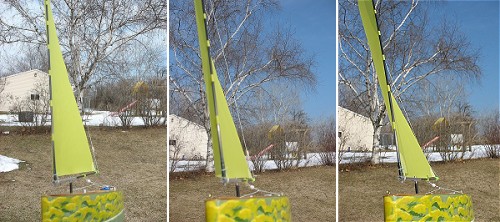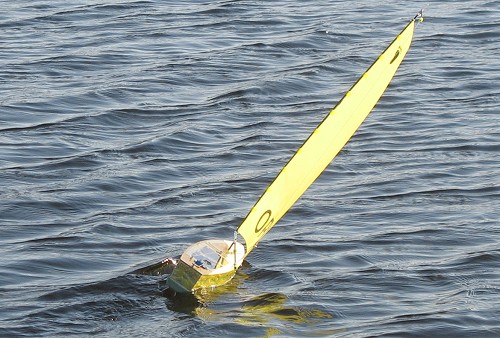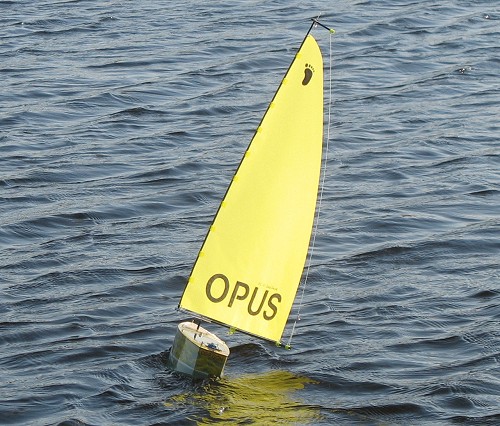Over the weekend I was asked for my thoughts on windy weather footy sailing by a group in Florida. I thought more people might be interested in a few ideas of how to handle strong wind conditions and I can perhaps expand here on how I answered them.
The first thing to say is that the wind can get too strong for any size rig, even the tiny ‘B-rig’ as specified by the footy rules will simply be too big for extreme conditions. So these thoughts will assume that although the wind is strong it is not enough to change down in sail size. So we will look at how to tune the sails to manage the conditions better. Also this discussion assumes you are using a sloop rig with a main sail and a jib sail.
Your main tool to combat strong wind conditions is sail twist. Allowing the sails to twist away from the wind towards the top of the sail will dump more air from the upper parts of the sails but maintain a good drive from the sails. The mainsail twist is controlled by the kicking strap or vang fitted from the main boom to the mast. The jib sail twist is controled by the ‘topping lift’ which is the line running from the rear of the jib boom up to a point on the mast or mast head where the forestay is attached.
By loosening the kicking strap the main boom will be allowed to rise and in doing so will control the amount of twist in the main sail. Likewise tightenning the topping lift will raise the rear end of the jib boom (you may have to ease the forestay tension a little) imparting twist in the jib. Set the jib twist to echo the shape you see in the mainsail, look from the rear with the wind filling the sails to see this.

Pond Sprite showing sail twist in main and jib
The balance of the boat in high winds will tend to gain more weather helm, in landlubber talk that means that the boat will turn up harder into the wind when you are close hauled sailing close to the wind. Using more twist in the main than the jib and flattenning the foot of the main more than the jib are ways to control this ‘luffing’ into wind. Also you can move the jib pivot further forward on the bowsprit if you have one to combat weather helm in strong winds.
Sail foot curve is generally reduced too in strong winds. Set the outhauls (rear bottom corner sail attachment on booms) to allow about a 1/2″ curve from the sail edge to the boom at the mid point.
For a strong wind racing day I like to have a rig (about the size of the original Kittiwake I rig) which is set up with the ability to add a lot of twist in the main and the jib. The rig can then be detuned to be almost like a B rig and tightenned up considerably if the wind does ease a little. Then if the wind does get even stronger you can still change down to a rules size B rig.

Victor V12 with nicely set twist in a blow
Those windy days can be enjoyed, not avoided with the right set up and tuning, give it a try… footys on a B rig can handle just about anything, just make sure they are watertight! And unsinkable is a plus!
Graham
Read Full Post »

